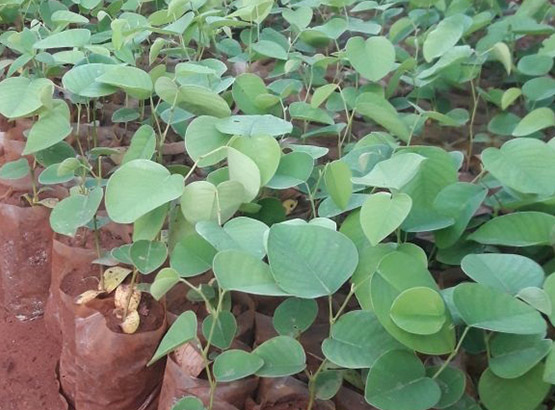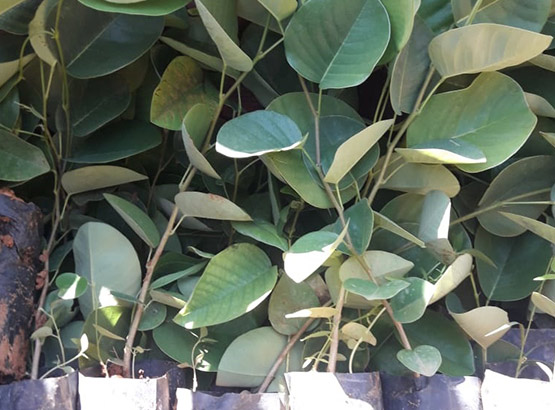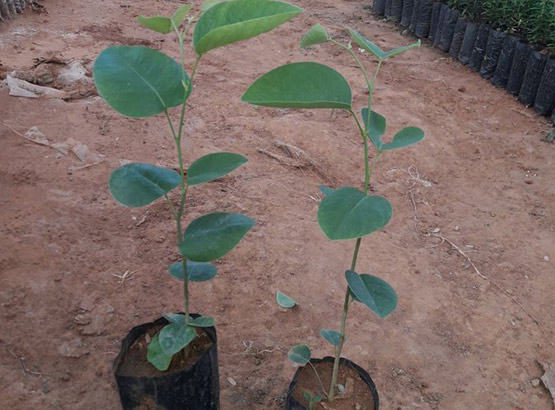- View All
- White Sandal (Chandan/ Srikandham)
- Red Sanders (Red Sandal/ Lal chandan/ Raktha chandan)
- Melia Dubia (Malbar neem/ Malbar veppa)
- Silver Oak
- Teak Stumps
- Banyan
- Black Jamun
- Curry Leaves
- Lemon
- Mahagoni
- Neem
- Pomegranate
- Pongamia
- Rain Tree
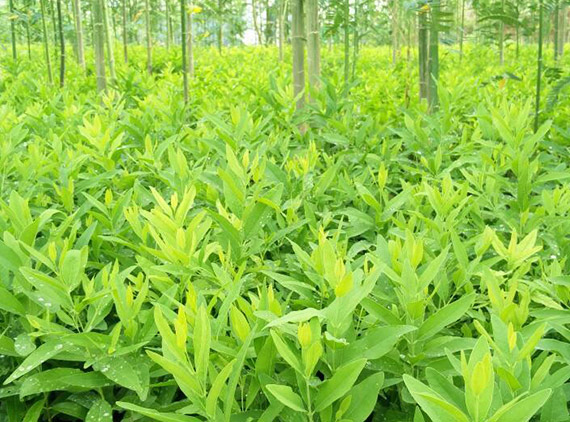
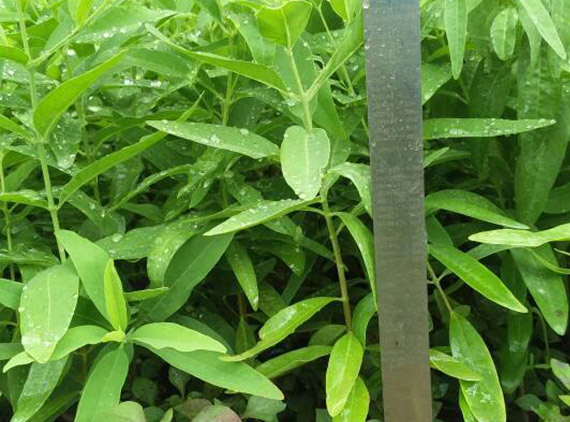
White Sandal (Chandan/ Srikandham)
Product description
BSIV nursery and farms supplies well germinated and healthy white sandal plants to the customers. Our plants are germinated in favorable conditions which makes sure that our bio plants will flourish into big trees in a short period of time.
If you do not want to grow this commercial crop from seeds, then purchase them from us and plant them with a suitable method of sandalwood plantation.
In the market, there are many private and govt. nurseries are present, from where you can buy the baby sandalwood plants and can grow them in your field. But, purchasing them from a genuine source like BSIV is a smart thing.
You can also get a quotation for sandalwood baby plant through online.
Overview Information
White sandalwood is an evergreen tree. The oil from the wood and the wood are used as medicine. Don’t confuse white sandalwood with red sandalwood.
White sandalwood is used for treating the common cold, cough, bronchitis, fever, and sore mouth and throat. It is also used to treat urinary tract infections (UTIs), liver disease, gallbladder problems, heatstroke, gonorrhea, headache, and conditions of the heart and blood vessels (cardiovascular disease).
In food and beverages, white sandalwood is used as a flavoring.
In manufacturing, white sandalwood oil is used as a fragrance in soaps, cosmetics, and perfumes.
Sandalwood is very much indigenous to India. It is cultivated in the states of Karnataka & Tamilnadu and also grows wild in forests of southern India.
This species is widely scattered in China, India, Indonesia (Timor, Sumba and Flores and planted in Java and Bali), the Lesser Sunda Islands, the Philippines and Australia.
Sandalwood yields an essential oil. This oil is used to produce soaps, perfumes incense stick cosmetics, beauty aids, medicines. High priced decorative dolls & ornamental pieces are made out of Sandalwood.
Over 90 per cent of India's sandalwood is grown in Karnataka and Tamil Nadu.
USA and France are the two largest importers of Indian sandalwood oil. The market in the Soviet Union has collapsed and imports into the Middle East are increasing.
How does it work?
White sandalwood might help prevent the growth of fungus and bacteria. It might reduce spasms. But more information is needed.
Uses & Effectiveness?
![]() Insufficient Evidence for
Mental alertness. Early research suggests that inhaling fragrance from white sandalwood oil for 20 minutes or applying white sandalwood oil to the skin does not improve mental alertness or attentiveness in healthy individuals.
Insufficient Evidence for
Mental alertness. Early research suggests that inhaling fragrance from white sandalwood oil for 20 minutes or applying white sandalwood oil to the skin does not improve mental alertness or attentiveness in healthy individuals.
![]() Urinary tract infections (UTIs).
Urinary tract infections (UTIs).
![]() Common cold.
Common cold.
![]() Cough.
Cough.
![]() Bronchitis.
Bronchitis.
![]() Fevers.
Fevers.
![]() Sore mouth and throat.
Sore mouth and throat.
![]() Headache.
Headache.
![]() Heatstroke.
Heatstroke.
![]() Liver and gallbladder problems.
Liver and gallbladder problems.
![]() More evidence is needed to rate the effectiveness of white sandalwood for these uses.
More evidence is needed to rate the effectiveness of white sandalwood for these uses.
White Sandalwood Tree Local Names In India
Chandan (Hindi)
Gandhapu Chekka (Telugu)
Cantana (Tamil)
Raktacandanaṁ (Malayalam)
Śrigandhada (Kannada)
Candana (Marathi)
Candana (Gujarati)
Canana (Punjabi)
Candana (Bengali)
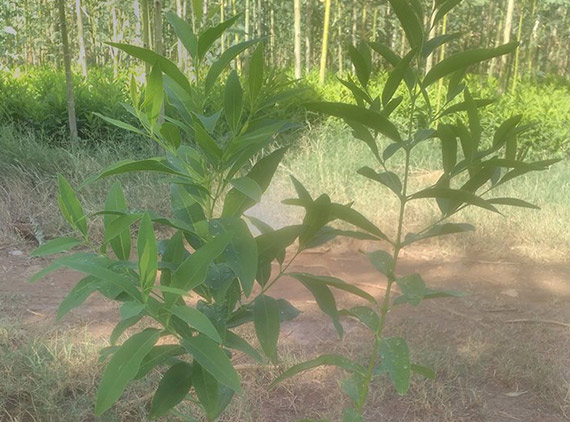
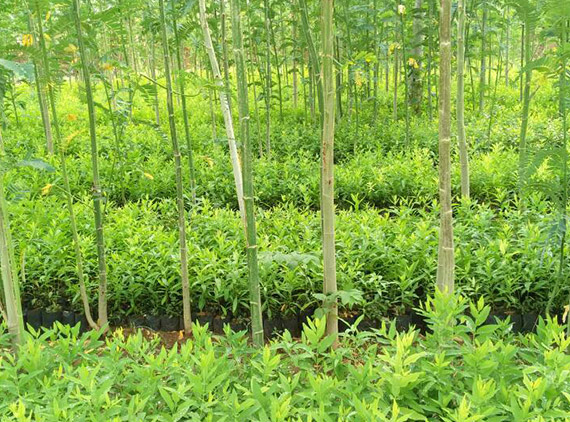
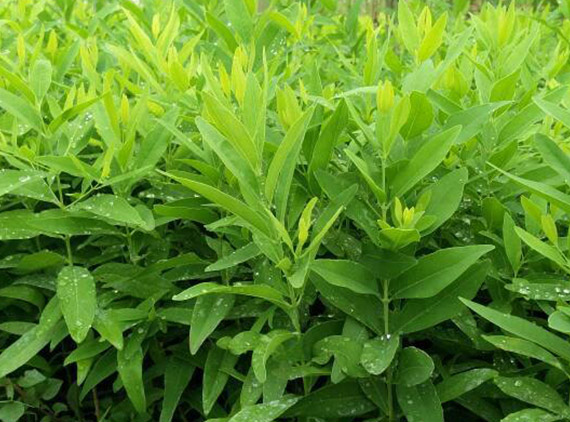
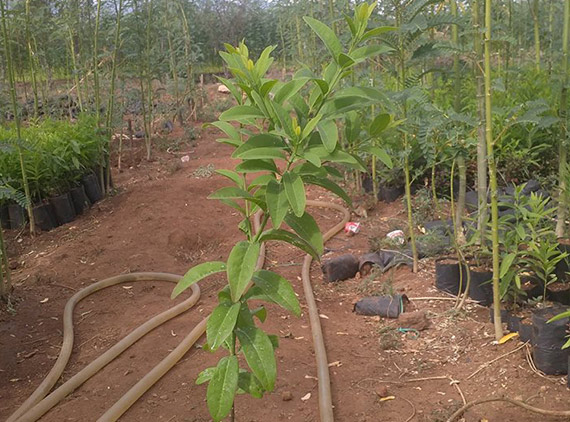
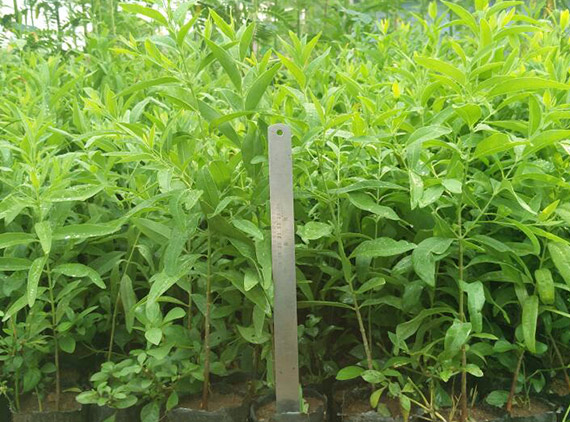
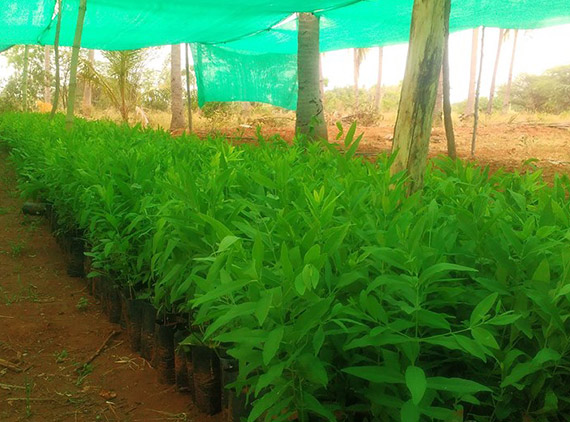
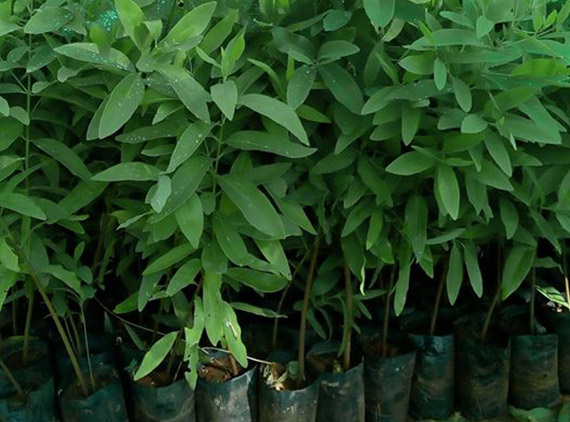
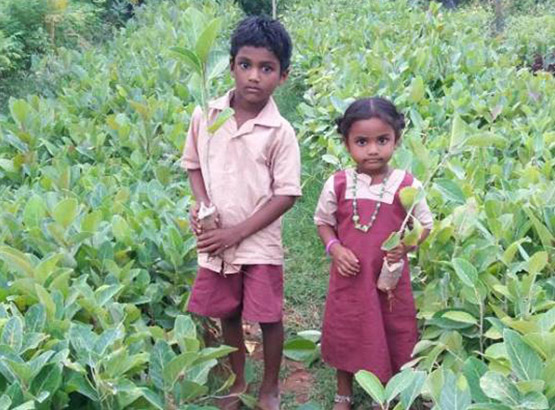
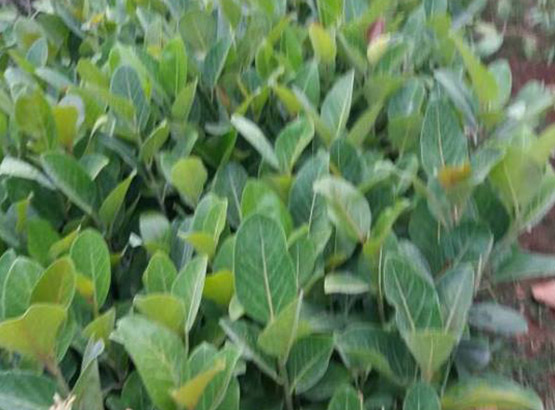
Banyan
Product description
BSIV nursery and farms supplies well germinated and healthy banyan plants to the customers. Our plants are germinated in favorable conditions which makes sure that our bio plants will flourish into big trees in a short period of time.
If you do not want to grow this commercial crop from seeds, then purchase them from us and plant them with a suitable method of banyan plantation.
In the market, there are many private and govt. nurseries are present, from where you can buy the baby banyan plants and can grow them in your field. But, purchasing them from a genuine source like BSIV is a smart thing.
You can also get a quotation for banyan baby plant through online.
Overview Information
Medicinal uses
The Banyan tree also has several medicinal properties. Its leaf, bark, seeds and fig are used for the variety of disorders like diarrhea, polyuria, dental, diabetes and urine disorders. The wood of the Banyan tree is used in making door panels, boxes and the other items. Its bark is used for making paper and ropes. The milky latex that comes from its leaves and stems is used in many Ayurvedic medicines.
Other uses
In India its edible leaves are used as the plates. It is planted for the soil conservation. Wood is used for well curbs, door panels, boxes, furniture etc. It is suitable for paper pulp. The wood of the aerial roots is stronger and is used for the tent poles and cart yokes.
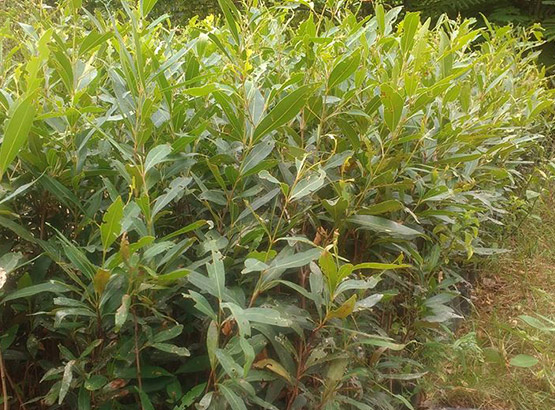
Black Jamun
Product description
BSIV nursery and farms supplies well germinated and healthy curry leaves plants to the customers. Our plants are germinated in favorable conditions which makes sure that our bio plants will flourish into big trees in a short period of time.
If you do not want to grow this commercial crop from seeds, then purchase them from us and plant them with a suitable method of curry leaves plantation.
In the market, there are many private and govt. nurseries are present, from where you can buy the baby curry leaves plants and can grow them in your field. But, purchasing them from a genuine source like BSIV is a smart thing.
You can also get a quotation for curry leaves baby plant through online.
Overview Information
Harvesting of Jamun:- The seedling Jamun trees start bearing after 9 to 10 years of planting. Grafted or Budded trees start bearing in 5 to 7 years. The Jamun plant can bear for the life span of 60 years. Generally Jamun fruits come to ripening stage in June-July. After full bloom, It takes about 4 to 5 months to ripen the fruits. Fully ripen Jamun fruits should be harvested daily by shaking the tree branches (or) hand picking & collect the fruits on a polythene sheet. As all fruits do not ripen at the same time, hence it requires number of pickings.
Yield of Jamun:- 90 to 100 kg per year yield can be expected from a full grown seedling tree and 65 to 75 kg/year from a grafted (or) budded tree.
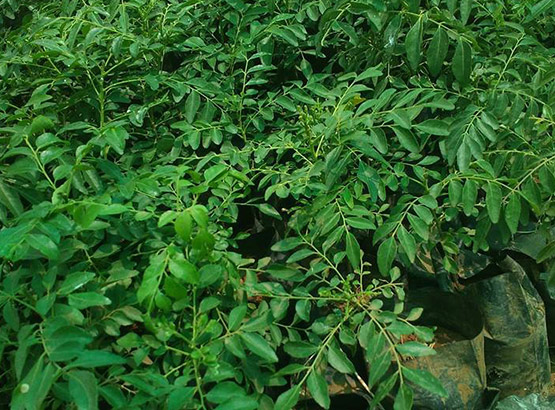
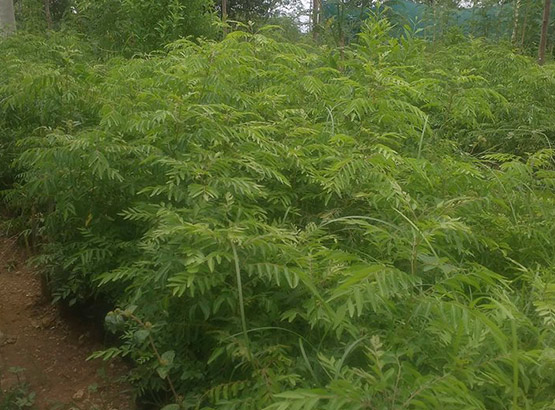
Curry leaves
Product description
BSIV nursery and farms supplies well germinated and healthy curry leaves plants to the customers. Our plants are germinated in favorable conditions which makes sure that our bio plants will flourish into big trees in a short period of time.
If you do not want to grow this commercial crop from seeds, then purchase them from us and plant them with a suitable method of curry leaves plantation.
In the market, there are many private and govt. nurseries are present, from where you can buy the baby curry leaves plants and can grow them in your field. But, purchasing them from a genuine source like BSIV is a smart thing.
You can also get a quotation for curry leaves baby plant through online.
Overview Information
Harvest and yield of Curry Leaf
At the end of first year 250-400 kg of leaves/ha can be harvested.
1 & 2 year: Once in 4 months every time 1800 kg/ha which works out to 5400 kg/ha/year. 3rd year: Yield 5400 kg/ha. 4th year: 2500 kg/ha once in 3 months which would work out to 10,000 kg/ha/year. 5th year onwards: 5000 kg/ha once in 3 months which work out to 20,000 kg/ha/year.
Marketing of Curry Leaves
Commercially, Curry leaf has very good demand due to it’s health benefits and medicinal value and daily usage in India. Transporting to local market or marketing through dealers is possible.
This is an excellent farming with low investment and with good returns.
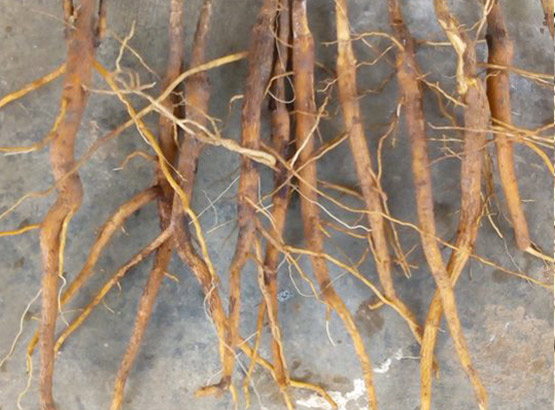
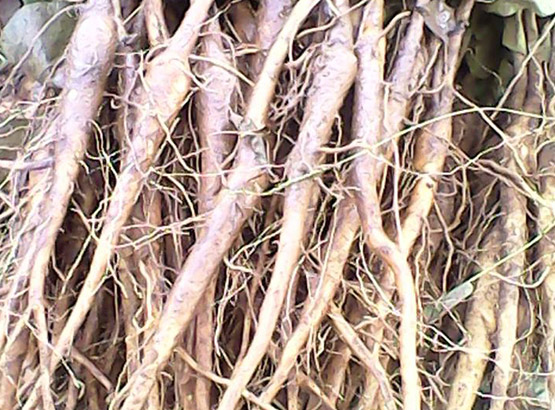
Teak stumps
Product description
BSIV nursery and farms supplies well germinated and healthy teak stumps to the customers.
If you do not want to grow this commercial crop from seeds, then purchase them from us and plant them with a suitable method of teak plantation.
In the market, there are many private and govt. nurseries are present, from where you can buy the teak stumps and can grow them in your field. But, purchasing them from a genuine source like BSIV is a smart thing.
You can also get a quotation for teak stumps through online.
Overview Information
Yield of Teak Plantation
Each Teak tree yields 10 to15 Cu. ft wood in about 14 years. The main stem grows to a height of 25-30 ft. and attains a girth of 35-45 inches. About 400 genetically superior teak plants can be grown in one acre, by adopting a spacing of teak plants as 9 ft. by 12 ft.
Marketing of Teak wood
It’s easy to market, there are many buy back programs as well as local timber depots.
Teak wood Farming is highly profitable farming due to it’s demand in the current domestic and international market.
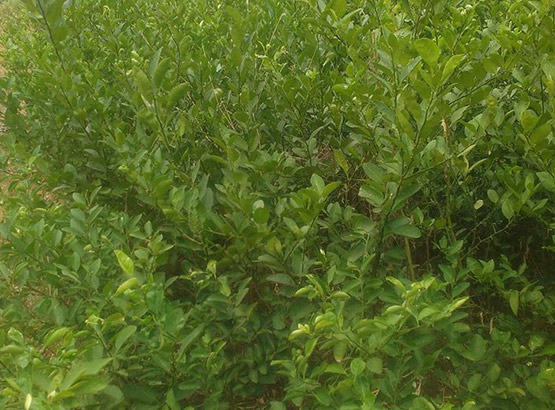
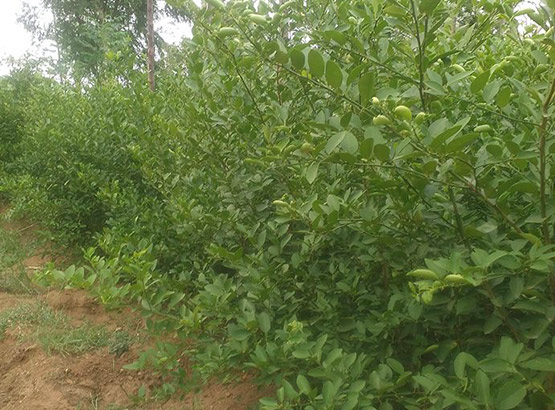
Lemon
Product description
BSIV nursery and farms supplies well germinated and healthy lemon plants to the customers. Our plants are germinated in favorable conditions which makes sure that our bio plants will flourish into big trees in a short period of time.
If you do not want to grow this commercial crop from seeds, then purchase them from us and plant them with a suitable method of lemon plantation.
In the market, there are many private and govt. nurseries are present, from where you can buy the baby lemon plants and can grow them in your field. But, purchasing them from a genuine source like BSIV is a smart thing.
You can also get a quotation for lemon baby plant through online.
General information
The tree is widely cultivated in tropical and subtropical areas, especially the West Indies, Mexico, Florida, Egypt and southeast Asia, for its edible fruit. It is an everyday ingredient in the food of southeast Asia, where trees are commonly grown in the garden as well as commercially.
Cultivation Details
Three main climates are suitable for commercial citrus production - tropical climates, subtropical with winter rain such as in the Mediterranean and semitropical with summer rainfall as found in Florida and southern Brazil. Limes grow at elevations up to 2,200 metres.
The optimal temperatures for their cultivation range between 25 - 30°c, with the coldest month having an average minimum of at least 15°c. Growth generally ceases below 13°c and above 38°c. They are most competitive in areas that receive from about 700 to 1,000 mm of mean annual precipitation. If there are dry periods of more than three months, then irrigation will be necessary.
Prefers a deep, well-drained but moisture-retentive loamy soil in full sun. The tree is quite drought-resistant. Prefers a pH in the range 6 - 6.5, tolerating 4.8 - 8.3.
Plants can flower and produce fruit all year round.
Layered trees can produce fruit in the second year after planting, but growers aim at maximum growth to get a more substantial crop in the third year.
The average yield of lime in Thailand during the 1988/1989 season was 2,400 kg/ha. In India trees are expected to bear 600 - 1,500 fruits per year.
A high incidence of bacterial canker is a limiting factor for growing limes in the wet tropics.
Limes hybridize freely with other Citrus species, and many hybrids are known, e.g. Lemonimes (lime x lemon), Limequats (lime x kumquat). Limes are divided horticulturally into acid and sweet limes.
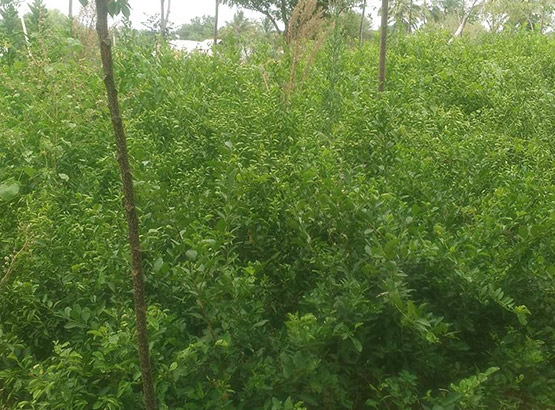
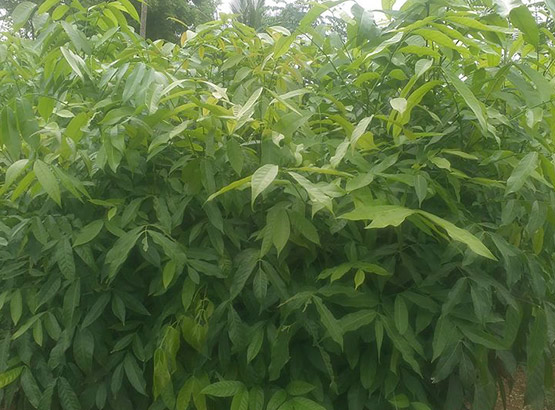
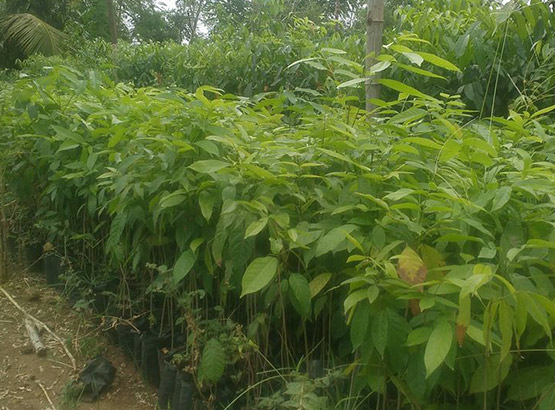
Mahagoni
Product description
BSIV nursery and farms supplies well germinated and healthy mahagoni plants to the customers. Our plants are germinated in favorable conditions which makes sure that our bio plants will flourish into big trees in a short period of time.
If you do not want to grow this commercial crop from seeds, then purchase them from us and plant them with a suitable method of mahagoni plantation.
In the market, there are many private and govt. nurseries are present, from where you can buy the baby mahagoni plants and can grow them in your field. But, purchasing them from a genuine source like BSIV is a smart thing.
You can also get a quotation for mahagoni baby plant through online.
General information
Mahogany is an evergreen or briefly deciduous tree that can grow up to 30 metres tall with a large, spherical crown and many heavy branches that cast a dense shade
The bole is often short and much-branched, up to 100cm in diameter, usually with a short, buttressing base up to 1 metre in diameter. The tree is deciduous in areas where it is subject to drought.
Mahogany, obtained from several species in the genus Swietenia, is regarded as the world’s finest timber for high-class furniture and cabinet work. This species was the first to be discovered by the Europeans and has been exported from Hispaniola since the 16th century. It has been widely over-exploited in the wild and is now cultivated in plantations in other areas of the tropics. It is grown as an ornamental tree in various parts of India.
The tree is classified as 'Endangered' in the IUCN Red List of Threatened Species(2010).
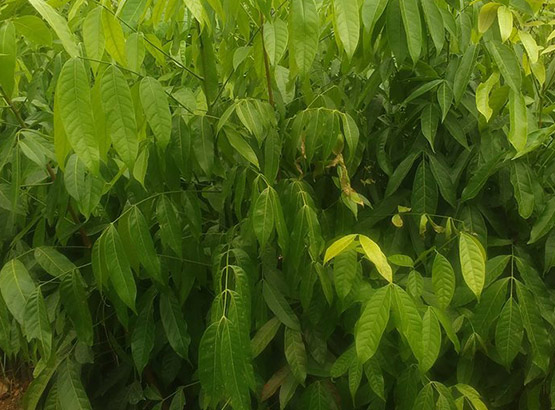
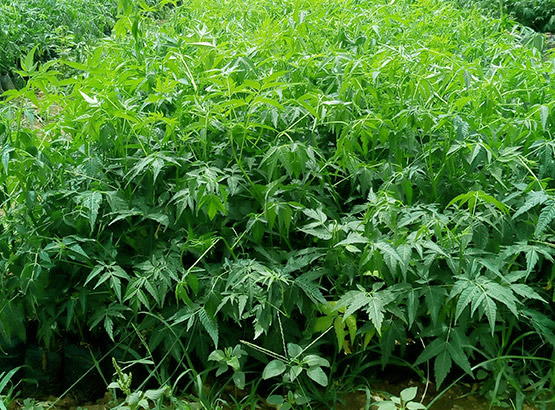
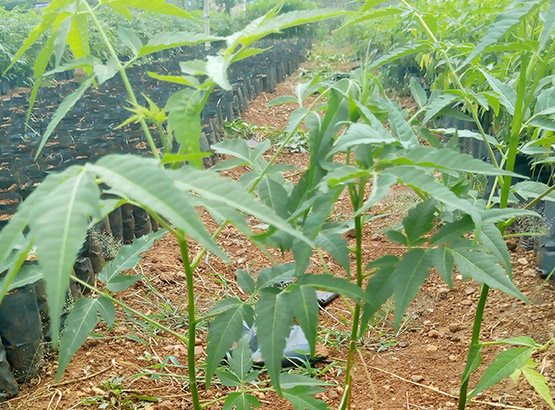
Melia dubia (Malbar neem/ Malbar veppa)
Product description
BSIV nursery and farms supplies well germinated and healthy melia dubia plants to the customers. Our plants are germinated in favorable conditions which makes sure that our bio plants will flourish into big trees in a short period of time.
If you do not want to grow this commercial crop from seeds, then purchase them from us and plant them with a suitable method of silver oak plantation.
In the market, there are many private and govt. nurseries are present, from where you can buy the baby melia dubia plants and can grow them in your field. But, purchasing them from a genuine source like BSIV is a smart thing.
You can also get a quotation for melia dubia baby plant through online.
Why Invest in Trees?
The majority of the world's wood supply is sourced from native forests, which are not sustainably managed. Even though large areas of plantations have been established in many countries, the rate of planting has been insufficient to meet current and projected future demand. As the present scenario the Timber Demand in India is at very high hence, the need of commercial agro forestry is ever increasing. Melia Dubia is one of the fastest growing species among timber varieties on this planet. Melia Dubia originates from the Meliaceae family and is an indigenous species to India. These trees can be cultivated in all types of soil and requires less management practices.
The total area of industrial plantations suitable for commercial wood production globally is around 94 million hectares, of which over 70% is softwood. Plantation grown wood is estimated to account for 3% of the world's forest resources. Plantation wood supplies 10% of fuel wood and around a third of industrial wood used today. The significance of environmental degradation issues and effects of climate change it is need of the hour to promote agro forestry towards sustainable development. The economic benefits of timber investments will also provide relatively high returns for the low risk they carry.
The Australian Bureau of Agriculture and Resource Economics (ABARE) research report “Global Outlook for Plantations 1999” forecasts that "Plantations are expected to meet 35% of projected global demand for industrial wood by 2000, rising to 44% by 2020 and 46% by 2040. This level of production would require a significant increase in plantation area and the substantial gains possible through plantation productivity in all the regions globally."
Wood is the most preferred material for various end uses ranging from fuel wood to composite products. Thus wood can be replaced by wood itself which is considered an energy efficient material. The emphasis is to shift the source from natural forests to plantation timbers. The choice of species for different end uses is also changing from durable primary conventional timber species to short-rotation, fast-growing plantation species. Large number of wood based industries such as sawn wood and composite panel product manufacturers presently face acute shortage of raw materials and the supply–demand gaps are increasing day by day in alarming proportions.
The industrial demand for wood in Round wood equivalents in India is predicted to increase from 74 million m3 in the year 2005 to 153 million m3 in the year 2020 and side by side it is estimated that more than 50 percent of the total wood supply in the country will come from non-forest sources. There are several options available to bridge the gap such as import of timber which is purely a short-term measure and generating tree resources within the country which could be a better idea as a long-term measure in sustainability terms, as well as a source of carbon stocking which is important from the ecological and environmental viewpoints.
Importance of Melia Dubia
Melia Dubia is a promising tree highly suitable for agro forestry or farm forestry with a life cycle of 8 to 12 years is gaining economic importance both in domestic and global markets. It is getting popularized among farmers due to its characteristics such as fast growth, stem straightness without much of branches, less shade effect and for not susceptible to pest and insect attacks. The commercial importance for agro forestry plantations is increasing due to various reasons as explained above and certain tree varieties like Melia Dubia is getting popularized because it fetches assured income with buyback arrangements and requires low maintenance. In addition, these trees also contribute in carbon sequestration and mitigation of climate change impacts.
But considering the general characteristics of the fast growing tree species generally planted by the farmers, technology input is very much essential to make quality products. Through effective research it is possible to broaden the market of Melia Dubia plantation products into specialty products i.e. development of higher grade of plywood like Decorative/Marine/Shuttering grade Plywood, MDF, Particle Board, Laminated Veneer Lumber (LVL), Compreg etc.
Melia Dubia will grow up to 40 feet within two years of planting and has the potential of yielding up to 40 tons of biomass on an average per acre per annum of 10 year old plantation. The minimum cultivation period is six years and it can be allowed up to 8 years for good economic value. In addition to the commercial importance these trees helps in preventing temperature rise and checking gas emission into the atmosphere as the trees are naturally endowed to absorb maximum CO2. Its high calorific value makes it a viable source of feedstock for biomass power plants. In view of the ever increasing timber demand for various commercial purposes and shortage in natural resources the importance for the fast growing Melia Dubia is gaining steadily.
Uses
The wood is used for packing cases, match box sticks, photo frames, pencils ( Nataraj pencil company using the melia dubia wood) mini furniture like stools, benches, wooden tables, interior decoration, window doors, wooden racks & packing industries, musical instruments, tea powder boxes, cigar boxes, building purposes, ceiling planks agricultural implements, splints and kattamarans. In Srilanka, it is employed for outriggers of boats. It is suitable for musical instruments, tea boxes and the most importantly in making plywood as the wood is anti-termite by itself.
The wood of Melia dubia is in high demand in Veneer, Plywood, Pulp, Match stick and Packing case industry. There is a high demand-supply gap in these industries. Each tree of appropriate girth can fetch up to Rs.4000 to 5000/- per tree over a 6-7 year period if sold as veneer.
It is a good secondary timber and the most preferred species for plywood industry. Thus, the species has a ready and assured market due to its multipurpose utilities. The species is also highly adaptable. The species is in high demand by the plywood industries.
The wood is used as dual purpose which has a medicinal value and also used for fodder. It plays a vital role in multi farming of sheep, goat & dairy farming. Melia Dubia has been tested positive for pulpwood and recorded a pulp yield of 50.3%.
The various parts of Melia Dubia (Meliaceae) plant was observed to be used by the local tribes of Nilgiris for various infections. Literature reveals that the bitter tasted fruits of Melia Dubia is considered to be important in colic and skin diseases and also as anthelmintic. It gives positive tests with alkaloid reagents. Leaves and seeds of this plant were reported to possess two tetranotriterpenoids, compositin and compositolide.
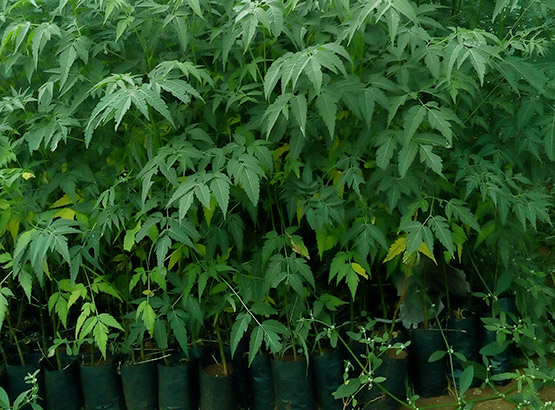
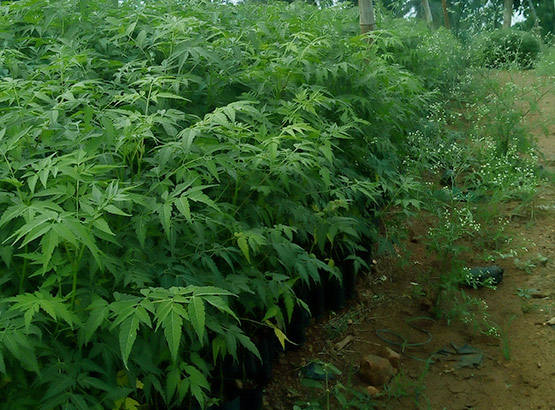
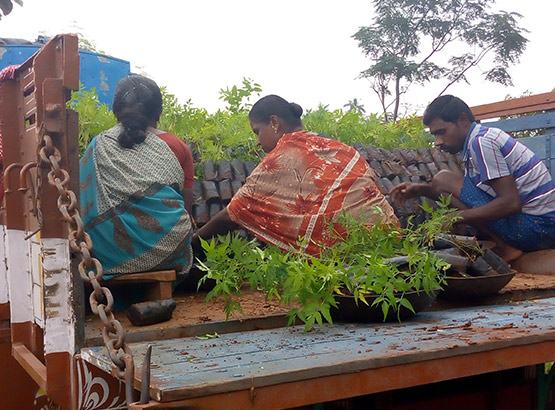
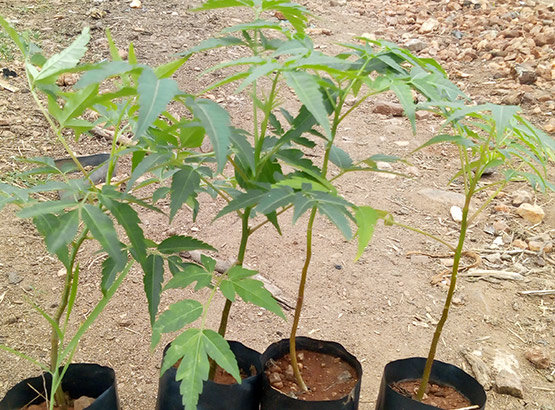
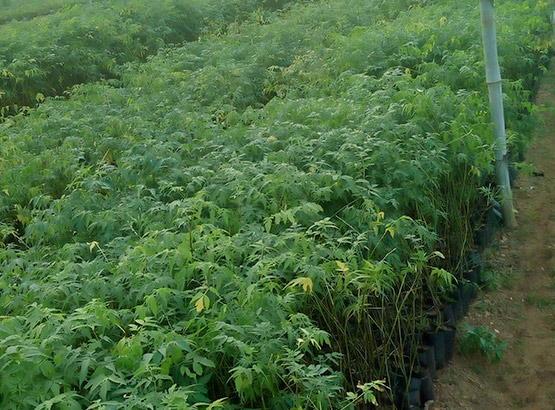
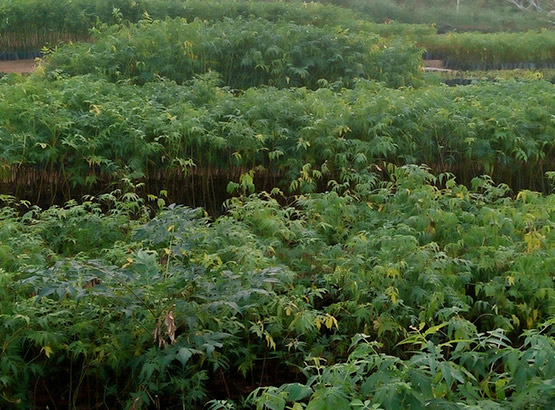
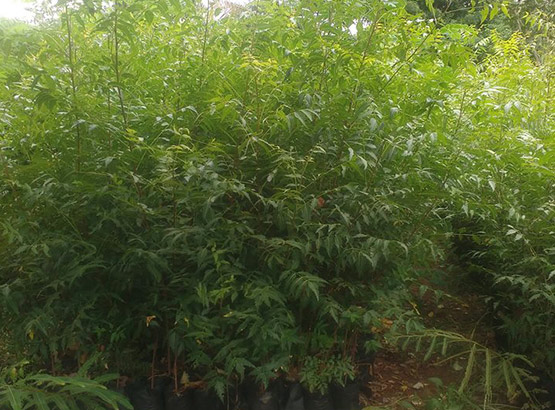
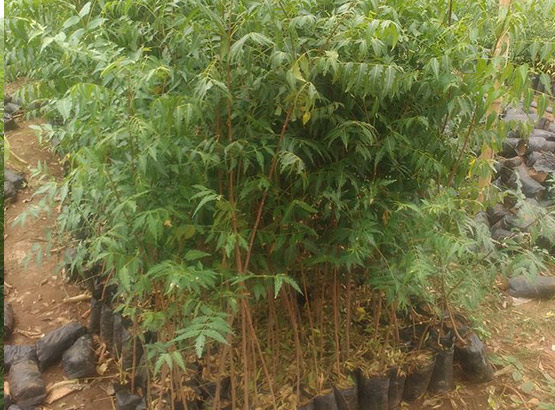
Neem
Product description
BSIV nursery and farms supplies well germinated and healthy neem plants to the customers. Our plants are germinated in favorable conditions which makes sure that our bio plants will flourish into big trees in a short period of time.
If you do not want to grow this commercial crop from seeds, then purchase them from us and plant them with a suitable method of neem plantation.
In the market, there are many private and govt. nurseries are present, from where you can buy the baby neem plants and can grow them in your field. But, purchasing them from a genuine source like BSIV is a smart thing.
You can also get a quotation for neem baby plant through online.
Overview Information
Local Names of Neem in India:- Neem (Hindi,Assamese, Odiya, Manipuri), Veppai (Tamil), Kadulimba (Marathi), Bevu (Kannada), Dhanujhada/Limbda (Gujarati), Nim (Bengali), Nimmh (Punjabi) and Vepa (Telugu),
Yield in Neem Cultivation:- Well, the yield depends on many factors such as tree age, cultivation practices, variety and climatic conditions. On an average one can obtain about 10 – 20 kg of seeds per tree during initial years. After tenth year or once the trees attain maturity, yield will be increased to 35- 50 kg per tree. The oil content in neem seeds will be more in regions where there is a good rainfall. Usually the yield of neem tree stabilizes from ninth year. The economic life of neem tree is estimated about 150 to 200 years.
Marketing of Neem Based Products:- You can sell to local farmers as green manure and contact any herbal/ pharmaceutical companies.
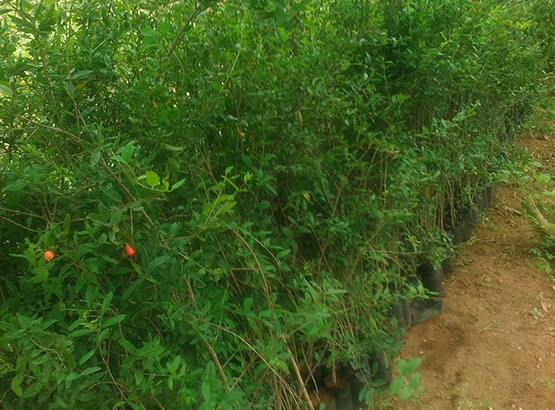
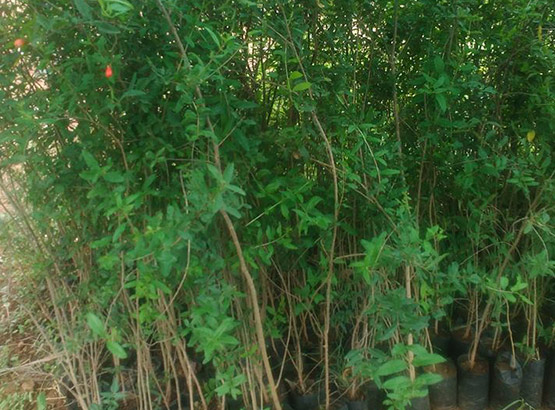
Pomegranate
Product description
BSIV nursery and farms supplies well germinated and healthy pomegranate plants to the customers. Our plants are germinated in favorable conditions which makes sure that our bio plants will flourish into big trees in a short period of time.
If you do not want to grow this commercial crop from seeds, then purchase them from us and plant them with a suitable method of pomegranate plantation.
In the market, there are many private and govt. nurseries are present, from where you can buy the baby pomegranate plants and can grow them in your field. But, purchasing them from a genuine source like BSIV is a smart thing.
You can also get a quotation for pomegranate baby plant through online.
Overview Information
Local names
Anaar (Hindi, Punjabi), Ma adhala naarnga (Malayalam), Dalimb (Konkani), Da anjmma (Telugu), Dadam (Gujarati), Dalimbo (Oriya), Dalim (Assame), Dalimba (Kannada), Dalimb (Marathi), Dalim (Bengali), Dan (Kashmiri), Kamfoi (Manipuri).
Pomegranate Harvesting and yield
Pomegranate take at least four to five years to give their first yield. Pomegranate fruit can be picked in any time during the whole year as they are not climatic fruit. Usually they are picked in the summer in hot and dry climate. Fruits are picked after three months after their setting on plant. Color change is helpful in picking since they indicate that fruits are going to mature. Fruits turns yellowish red color and also suppressed on side of fruits, when they are mature. Picking of immature and over mature fruit will affect your yield.
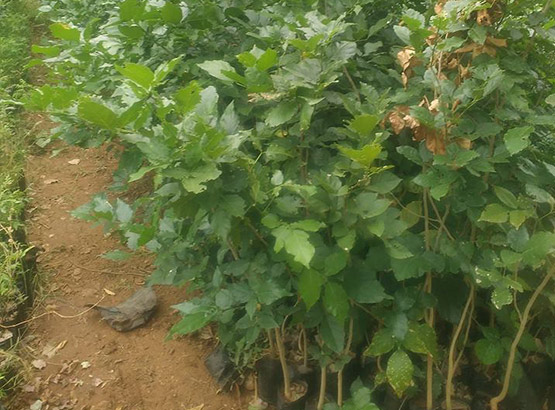
Pongamia
Product description
BSIV nursery and farms supplies well germinated and healthy pongamia plants to the customers. Our plants are germinated in favorable conditions which makes sure that our bio plants will flourish into big trees in a short period of time.
If you do not want to grow this commercial crop from seeds, then purchase them from us and plant them with a suitable method of pongamia plantation.
In the market, there are many private and govt. nurseries are present, from where you can buy the baby pongamia plants and can grow them in your field. But, purchasing them from a genuine source like BSIV is a smart thing.
You can also get a quotation for pongamia baby plant through online.
Uses
The pongam tree is cultivated for two purposes:
(1) as an ornamental in gardens and along avenues and roadsides, for its fragrant Wisteria-like flowers, and
(2) as a host plant for lac insects. It is appreciated as an ornamental throughout coastal India and all of Polynesia.
Well-decomposed flowers are used by gardeners as compost for plants requiring rich nutrients. In the Philippines the bark is used for making strings and ropes. The bark also yields a black gum that is used to treat wounds caused by poisonous fish. In wet areas of the tropics the leaves serve as green manure and as fodder. The black malodorous roots contain a potent fish-stupefying principle. In primitive areas of Malaysia and India root extracts are applied to abscesses; other plant parts, especially crushed seeds and leaves are regarded as having antiseptic properties. The seeds contain pongam oil, a bitter, red brown, thick, non-drying, nonedible oil, 27–36% by weight, which is used for tanning leather, soap, as a liniment to treat scabies, herpes, and rheumatism and as an illuminating oil (Burkill, 1966). Also used for lubrication and indigenous medicine. Pongam oil showed inhibitory effects on Bacillus anthracis, Bacillus mycoides, Bacillus pulilus, Escherichia coli, Pseudomonas mangiferae, Salmonella typhi, Sarcina lutea, Staphylococcus albus, Staphylococcus aureus, and Xanthomonas campestris, but did not inhibit Shigella sp. (Chaurasia and Jain, 1978). The oil has a high content of triglycerides, and its disagreeable taste and odor are due to bitter flavonoid constituents, pongamiin and karanjin. The wood is yellowish white, coarse, hard, and beautifully grained, but is not durable. Use of the wood is limited to cabinetmaking, cart wheels, posts, and fuel (Allen and Allen, 1981). Both the oil and residues are toxic. Still the presscake is described as a "useful poultry feed." Seeds are used to poison fish. Still it is recommended as a shade tree for pastures and windbreak for tea. The leaves are said to be a valuable lactagogue fodder, especially in arid regions. It is sometimes intercropped with pasture, the pasture grasses said to grow well in its shade (NAS, 1980a). Dried pongam leaves are used in stored grains to repel insects. Leaves often plowed green manure, thought to reduce nematode infestations. Its into ground as spreading roots make it valuable for checking erosion and stabilizing dunes. Twigs are used as a chewstick for cleaning the teeth. The ash of the wood is used in dyeing.
Yields and Economics
Trees of ten reach adult height in 4 or 5 years, bearing at the age of 4–7 years. A single tree is said to yield 9–90 kg seed per tree, indicating a yield potential of 900––9000 kg seed/ha, 25% of which might be rendered as oil (assuming 100 trees/ha). In general, Indian mills extract 24–27.5% oil, village crushers, 18–22% oil.
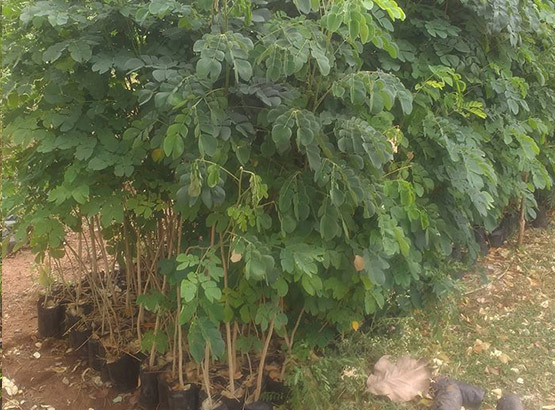
Rain Tree
Product description
BSIV nursery and farms supplies well germinated and healthy rain tree plants to the customers. Our plants are germinated in favorable conditions which makes sure that our bio plants will flourish into big trees in a short period of time.
If you do not want to grow this commercial crop from seeds, then purchase them from us and plant them with a suitable method of rain tree plantation.
In the market, there are many private and govt. nurseries are present, from where you can buy the baby rain tree plants and can grow them in your field. But, purchasing them from a genuine source like BSIV is a smart thing.
You can also get a quotation for rain tree baby plant through online.
Overview Information
Rain tree is an attractive, large, spreading deciduous tree with a low, dense, dome-shaped crown; usually growing up to 30 metres tall with occasional specimens to 60 metres. It has a short, usually crooked bole that can be up to 200cm in diameter. Trees can be evergreen in humid climates.
A multipurpose tree, it is often cultivated for its many uses. It is particularly valued for its timber, but also supplies food, medicines and a gum. It is one of the most commonly planted avenue and park trees in the tropics and is also commonly grown as a shade tree for other crops.
Edible Uses
Children eat the pods, which contain a brownish, sticky, liquorice-like, sweet-flavoured pulp. A lemon-like fruit drink is also made from the pulp. The pods are more or less straight with conspicuously thickened edges, 12 - 20cm long, 1 - 2cm wide and 1.2cm thick.
The tree yields a gum of inferior quality which could be used as a poor man's substitute for gum arabic.
Medicinal
A decoction of the inner bark and fresh leaves is used as a treatment for diarrhoea.
A brew of small sections of the bark is taken to treat stomach-ache.
A crude aqueous or alcoholic extract of the leaves is observed to have an inhibiting effect on Mycobacterium tuberculosis. The alkaloid fraction of the leaves is effective on the CNS and PNS. An infusion of the leaves is used as a laxative.
The fruit decoction is used as a CNS-sedative.
The seeds are chewed for treating a sore throat.
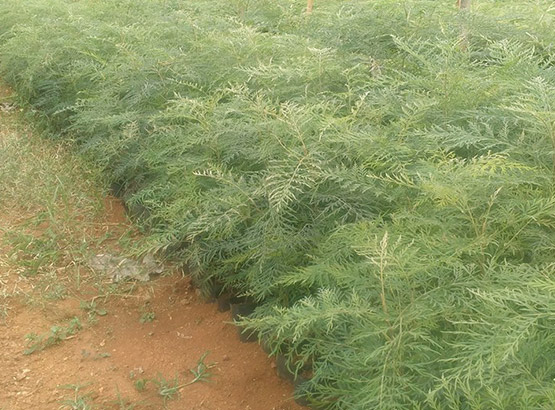
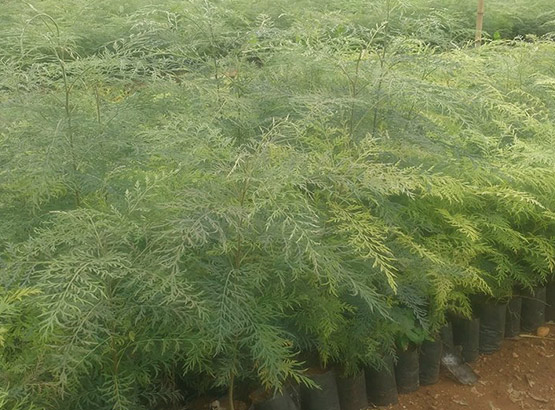
Silver oak
Product description
BSIV nursery and farms supplies well germinated and healthy silver oak plants to the customers. Our plants are germinated in favorable conditions which makes sure that our bio plants will flourish into big trees in a short period of time.
If you do not want to grow this commercial crop from seeds, then purchase them from us and plant them with a suitable method of silver oak plantation.
In the market, there are many private and govt. nurseries are present, from where you can buy the baby silver oak plants and can grow them in your field. But, purchasing them from a genuine source like BSIV is a smart thing.
You can also get a quotation for silver oak baby plant through online.
Overview Information
History of Silver Oak
Silver Oak originates from the Proteaceae family. The tree is native to east coast of Australia but is found growing in abundance in india. The tree can be cultivated in all types of soil and requiring a low supply of water. The Silver Oak trees can grow up to 25 to 35 meters tall.
Uses
The principal timber used in the construction of European timber framed buildings. Today Silver oak wood is still commonly used for furniture making and flooring, timber frame buildings, Cricket bats and for veneer production.
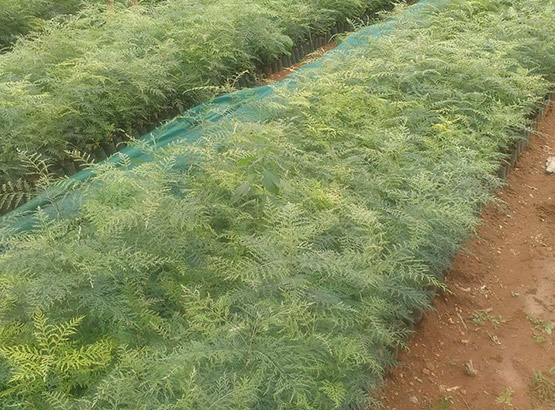
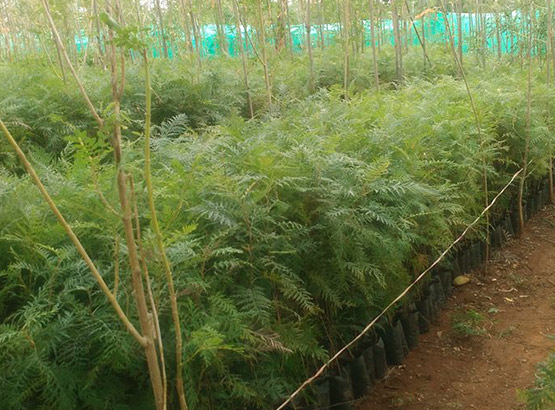
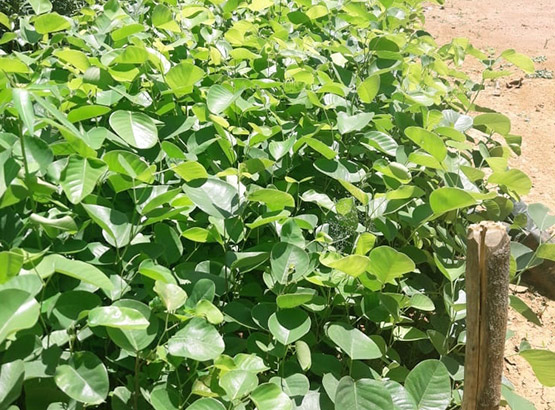
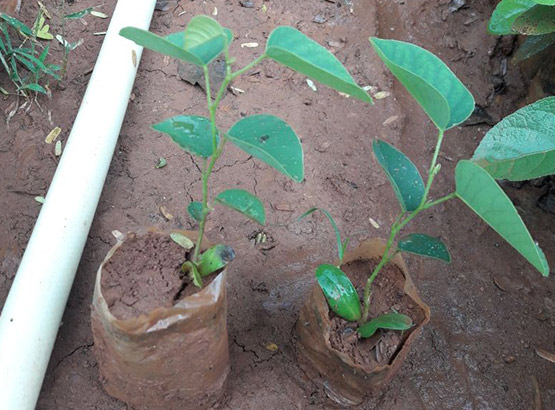
Red Sanders (Red Sandal/ Lal chandan/ Raktha chandan)
Product description
BSIV nursery and farms supplies well germinated and healthy red sanders plants to the customers. Our plants are germinated in favorable conditions which makes sure that our bio plants will flourish into big trees in a short period of time.
If you do not want to grow this commercial crop from seeds, then purchase them from us and plant them with a suitable method of sandalwood plantation.
In the market, there are many private and govt. nurseries are present, from where you can buy the baby sandalwood plants and can grow them in your field. But, purchasing them from a genuine source like BSIV is a smart thing.
You can also get a quotation for sandalwood baby plant through online.
Overview Information
On account of an enormous increase in the demand for wood the government of India is actively promoting social forestry, agro forestry, tree farming and wasteland forestation projects.
Red Sanders is an endangered and valuable tropical tree species endemic to southern India.
The tree thrives 80 cm to 120 cm rainfall, good drainage, and elevations ranging from 200 m to 900 m.
The species can be artificially propagated via both seeds and cuttings.
For commercial cultivation, 500 trees are planted on one hectare, a minimum of 500 kg wood per tree, or 250 000 kg/ha, could be harvested after 25 years.
Red Sanders wood is traditionally used in India for medicinal purposes, agriculture equipment, building timber, and carving religious souvenir figurines and statues.
Pterocarpus santalinus was one of the 162 species for which a supply and demand study was commissioned by the Department of Indian System of Medicine & Homeopathy, Government of India and the World Health Organization (WHO).
Pterocarpus santalinus is in demand outside India as a high quality timber, a source of dyes and, less importantly, for other uses such as incense.
Red Sanders logs , products such as Musical Instruments have excellent export potential.
